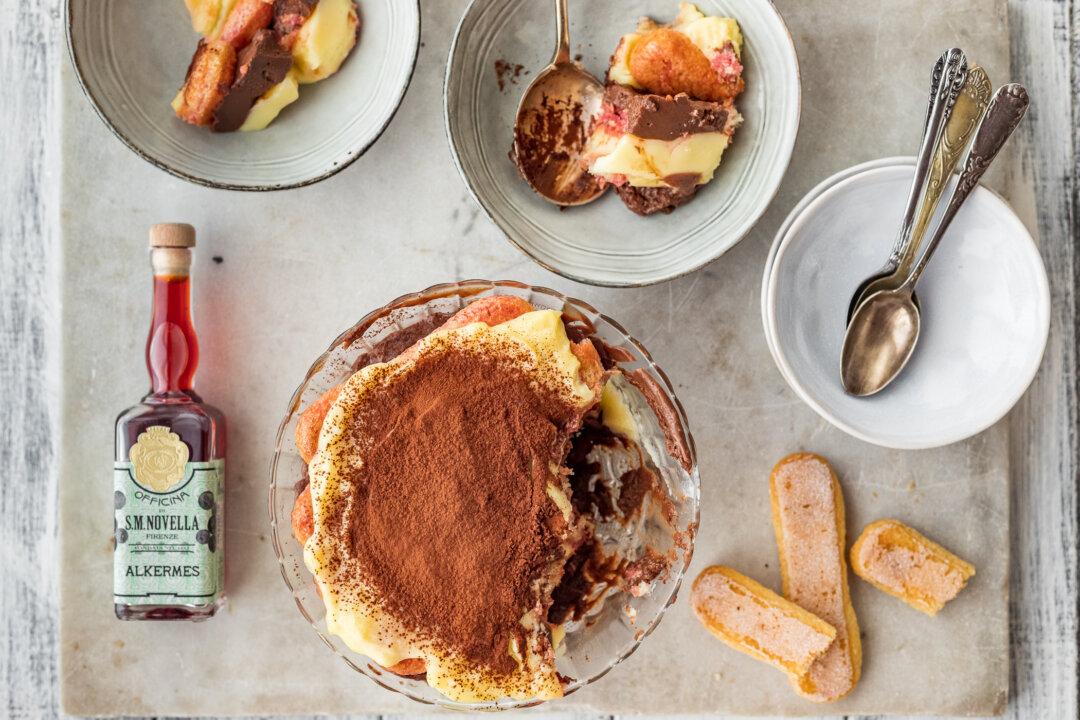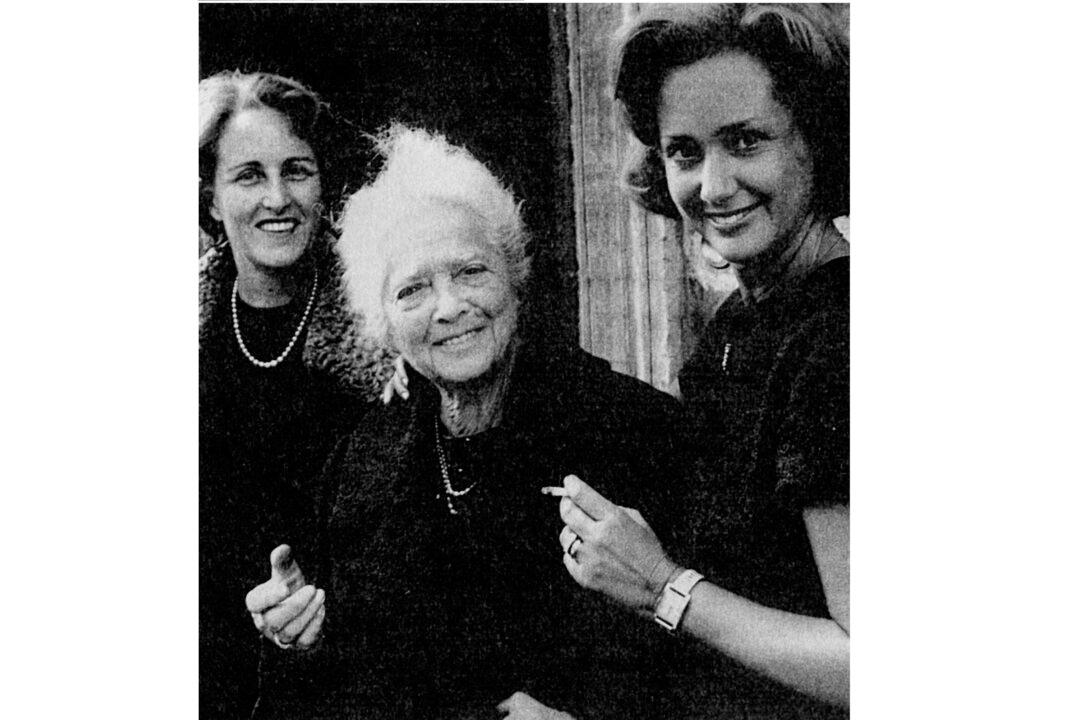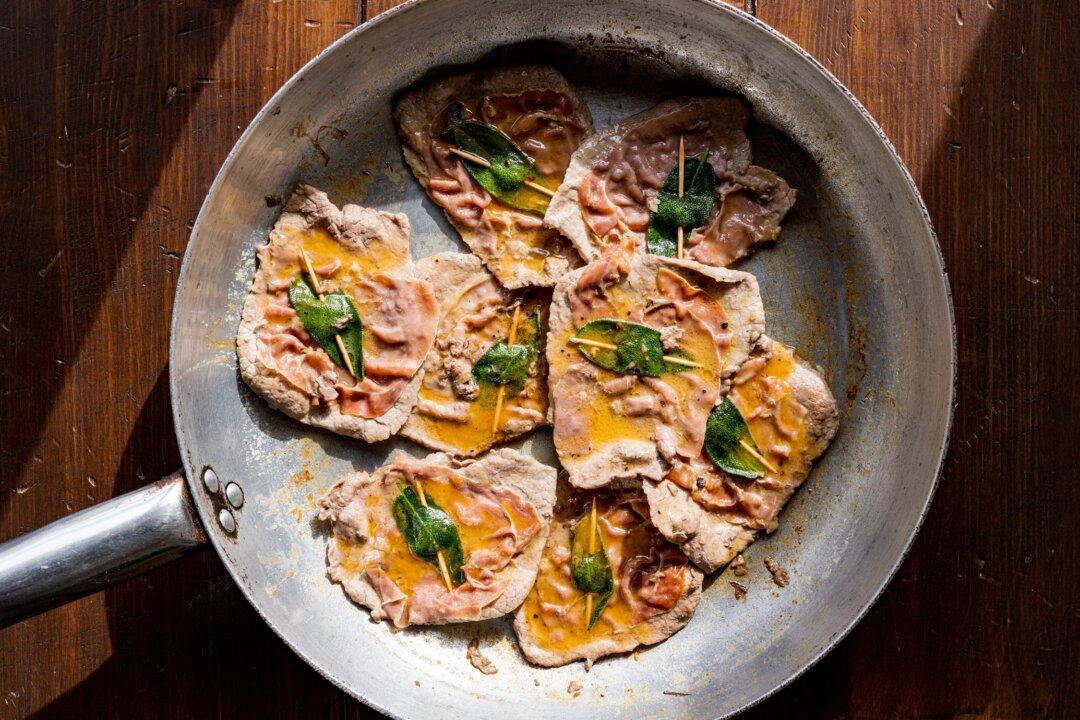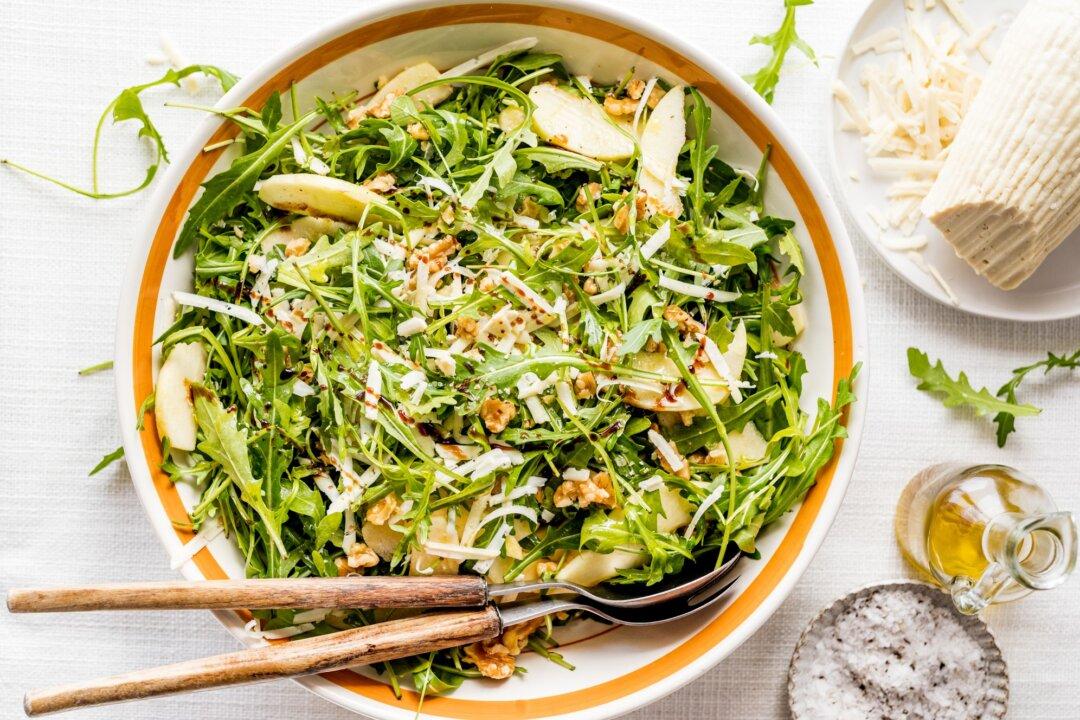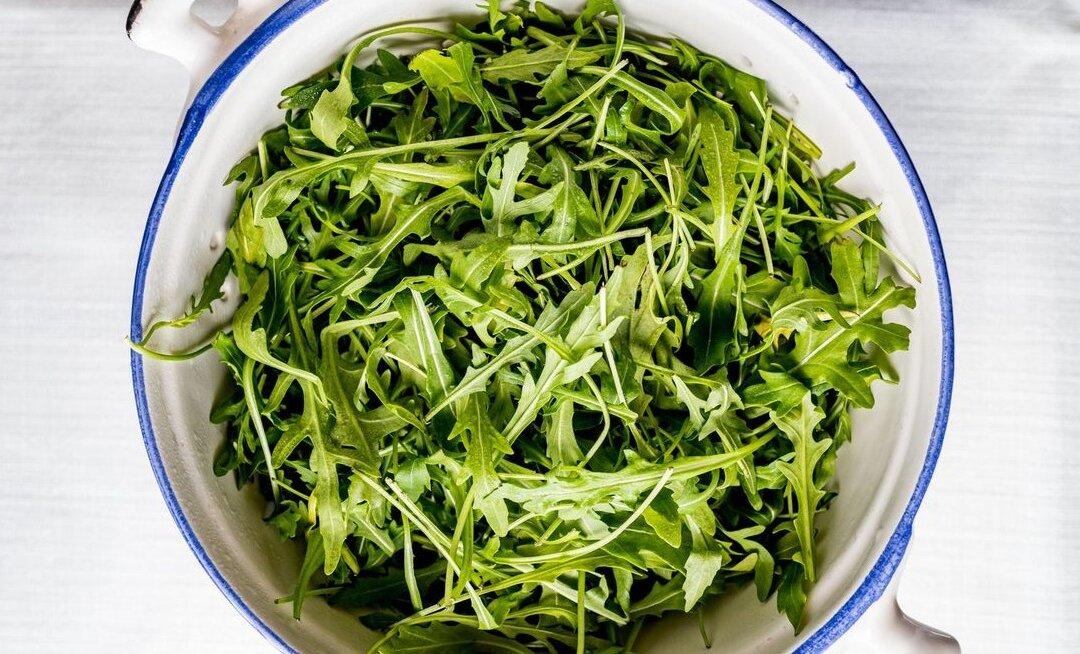There’s an Italian word that doesn’t have a proper translation in English: merenda.
Merenda is more than an afternoon snack, the surface translation of the word; it is an eating habit codified just like lunch and dinner, with its own traditions, rules, and memories. As we usually have dinner quite late here in Italy, around eight at night, the merenda is a quick snack children usually eat in the afternoon, in between four and five o’clock.

